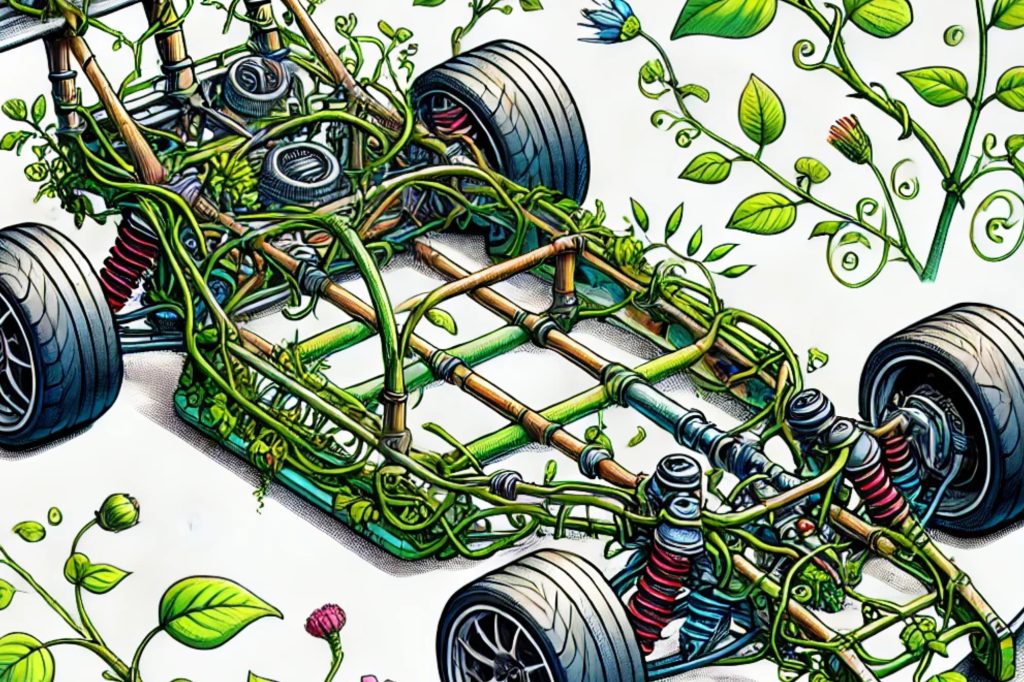Chapter 6: Calcium

Every car needs a solid foundation. The frame and chassis provide structural integrity, anchoring the engine, transmission, and suspension so the vehicle can perform under pressure without collapsing under its own weight.
In plants, calcium is that foundation. It supports the shape and strength of cells, organizes structural components, and stabilizes the entire system to handle stress without breaking down.
Calcium = Cell Wall Integrity
Most of the calcium taken up by plants ends up in the cell wall, where it cross-links with pectin molecules to form calcium pectate. This compound strengthens the wall, giving plant tissues their rigidity and shape.
Without enough calcium, the walls become weak, the cells collapse, and tissue structure begins to fail. This is why calcium deficiencies show up first in growing tips – those rapidly expanding cells are the ones most reliant on strong structural support.
Think of calcium as the welds, bolts, and structural beams holding the chassis together.
Containing the Engine’s Power
Photosynthesis and respiration are powerful energy-generating processes. The chloroplasts and mitochondria that run these reactions need containment – strong internal scaffolding to keep things orderly and efficient.
Calcium provides that internal rigidity. It supports organelle membranes, stabilizes enzyme complexes, and helps ensure that the metabolic energy generated is directed and not dissipated.
It’s not just about structural safety – it’s about power containment.
Calcium Signaling = Intelligent Framework
Beyond structure, calcium is also a messenger. It’s involved in one of the most sophisticated signaling systems in plant biology – calcium waves – which act like electrical signals within a vehicle’s onboard computer.
When a plant encounters stress – whether heat, wind, pathogens, or drought – calcium is released from internal stores, triggering a wave of activity that moves through cells and tissues. These waves activate proteins, enzymes, and transcription factors, directing the plant’s response to the situation.
In a high-performance car, sensors and computers work together to adjust power delivery, suspension, and braking in milliseconds. Calcium waves provide plants with a similarly elegant control system, encoded not in silicon, but in oscillating ions.
Balancing Rigidity and Responsiveness
The beauty of calcium is that it gives plants the rigidity to grow tall and strong, while also enabling flexibility to respond to changing conditions.
It’s the frame that holds everything together, but also the chassis that absorbs shocks, reroutes power, and adapts on the fly. That dual role – structural and responsive – makes calcium one of the most dynamic macronutrients in the plant engine.
The Takeaway
Calcium isn’t just a structural additive – it’s the plant’s load-bearing skeleton and communication backbone. It keeps the engine mounted, the wheels aligned, and the entire system roadworthy under stress.
Next up: Magnesium – The Specialized Spark Plug of Energy Capture.

